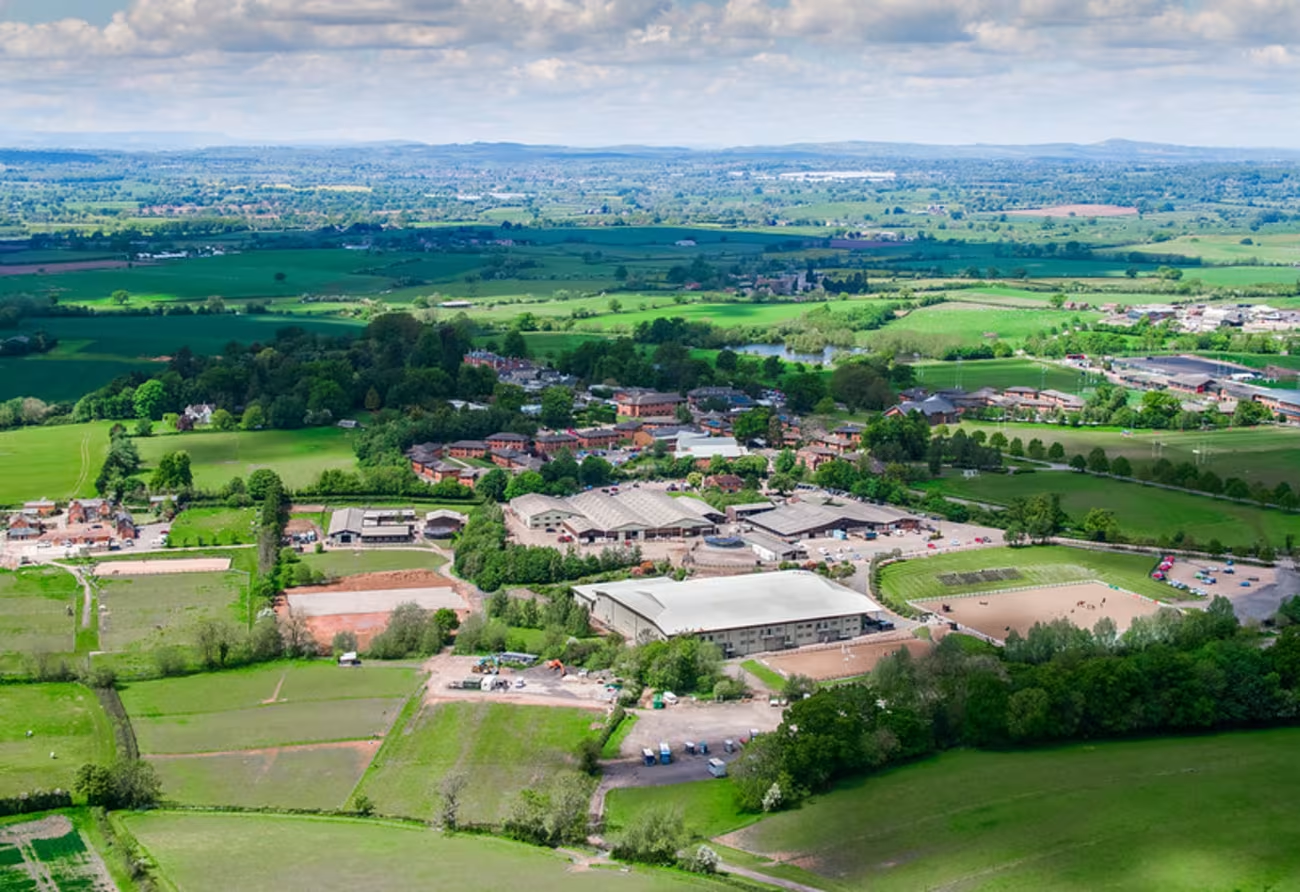Modelling the future of community energy with Indigo Power

Introducing Indigo Power
Indigo Power is a community-owned energy company located in Beechworth, a regional town 300 kms north-east of Melbourne.
They are committed to developing Community Energy Hubs that combine local renewable energy generation, storage and energy sharing, along with retail electricity supply, to give their local communities control over their energy future.
One of Indigo Power’s passions is working with local groups and businesses to help them transition away from fossil fuels in a way that supports and empowers communities. But beyond this, they also support the community by creating employment opportunities and prefer to use local suppliers wherever possible.
Indigo Power integrates customer-owned energy resources like roof-top solar and home batteries, with community energy resources and microgrids, to enable more local energy generation and more local energy sharing.
As a community-owned energy company, they are a certified social enterprise, and have committed to returning 50% of profits to clean energy and community projects in their towns.

Community batteries
Indigo Power wants to deliver state-of-the-art energy solutions to the communities they serve.
A great example of this is their behind-the-meter community-scale battery project: the Indigo Power/TRY/Agency of Sculpture ‘Yack01’ battery in Yackandandah.
Like many innovative energy projects, this one has multiple stakeholders including the host site, the battery asset owner, and the local community.
When enabling this project, Indigo Power needed to set up the right kind of Power Purchase Agreement (PPA) that shared the benefits and risks, correctly incentivising all stakeholders.
This required a model that integrated wholesale energy markets, customer loads, DER performance, retail supply arrangements, network tariffs, and co-optimisation of commercial outcomes for all stakeholders.
Prior to using Gridcog, Indigo Power used Python scripts for their modelling. But the limitations of that approach quickly emerged. They knew they needed a repeatable, reliable workflow which their entire project team could use.
They used the Gridcog software when they were assessing the new community battery tariffs that were being trialled by some of the electricity networks. In doing this, they were able to find out how the different tariffs influenced battery operation, and how the financial results compared with existing tariffs.
The Gridcog software could also answer other questions: how sensitive the results were to different inputs; how did the results scale with battery size; and did the NSW and VIC wholesale energy markets produce significantly different outcomes for these batteries.
Gridcog has allowed Indigo Power to use scenario-based modelling to evaluate their projects – whether they were for batteries, rooftop PV solar, EV chargers, backup gensets or larger grid-connected assets – and allowed them to see the costs and benefits for every stakeholder.
“Community energy projects are often multi-party, so it was great to use a software that provided a clear workflow which transparently showed the trade-offs,” said Nick Mason-Smith of Indigo Power.
Gridcog provided answers to questions like: How does the project stack up on its own? How does it look from the entity view of Indigo’s operations? Does the project reduce emissions? Where do the financial benefits flow, and who holds the risk?
Regional reliability
Indigo Power is also working with Upper Murray Incorporated and the Victorian State Government to improve resilience and reliable energy supply available to facilities and services that are essential during an emergency for the local community.
The Upper Murray Energy Resilience and Reliability Project (UMERRP) is deploying up to three community-scale batteries, up to 23 community facilities and essentials services, and rolling out the replacement of residential electric hot water systems with energy efficient heat pumps.
As part of the grant funding reporting, Indigo Power is required to complete an analysis on the existing electricity power usage of each site, and the reduction of electricity usage for both individual sites and the collective of all sites, which is being enabled by Gridcog.
Gridcog is being used to model large Distributed Energy Resources (DER), which have potential to form the backbone of an islandable microgrid.
The software is also helping to determine the appropriate size and scale of both renewable generation and energy storage systems (including battery and pumped hydro) which will best fit the Upper Murray Microgrid Project.

A powerful partnership
In June 2022, Indigo Power began a three-month trial with Gridcog. Their objective was to move away from their existing Python scripts and use the Gridcog software to model their community energy projects.
Indigo Power’s analyst, Nick Mason-Smith, describes Gridcog as a tool that was straightforward to use, but powerful enough to explore all the options and flexible enough to enable them to form their own views. “Gridcog brought together all the elements we needed to build complex models, using an interface that made models easy to build, run and communicate”.
The models they developed helped guide their decision-making when it came to choosing and implementing solar, wind, battery storage, pumped hydro, and EV charging solutions. But the software also provided them with a clear understanding of the financial outcomes of their projects and for all of their stakeholders – both short term and long term – and the ability to determine the right commercial structures to wrap around these assets.
Indigo Power reported that Gridcog was an easy and intuitive tool that had the ability to quickly assess the financial feasibility of a vast number of project options. “The Gridcog platform has provided us the ability to assess a significant number of different scenarios and allowed us to focus our attention on the best solution both financially and technically.”
Indigo Power found the team at Gridcog knowledgeable, helpful and responsive. They valued the coaching that was provided in the initial stages of the trial, and their ongoing technical support. “The customer-facing team responded quickly to questions submitted via the in-app project chat, and were available for check-ins over Google Meet. But beyond this, Gridcog provides access to a website that covers all aspects of the software, including support videos showing users how to work on their projects.”
According to the commercial analysts and renewable energy engineers at Indigo Power, “Gridcognition was straightforward for us to learn. The support, documentation, and well thought out interface made it a breeze for us to set up our models, see the results, and communicate these internally and to our community energy partners.”
Due to the success of the three-month trial, Indigo Power recently signed an ongoing subscription for the Gridcog software service so they can continue to support their communities and drive the roll-out of more Community Energy Hubs.

Gridcog for local energy communities
A key focus of the Gridcog project modelling philosophy is providing a 360° of value for all stakeholders. The energy system is complex and new technology is enabling new energy supply options, but these often require new business models and new ways of thinking about the commercial options to local energy resources and the wider power system.
Gridcog enables these options to be explored by modelling the environmental outcomes and cash flows for all project stakeholders. This includes energy suppliers like Indigo Power, end customers, distribution networks, and asset owners.
We are proud to be supporting community-focused energy innovators like Indigo Power.















